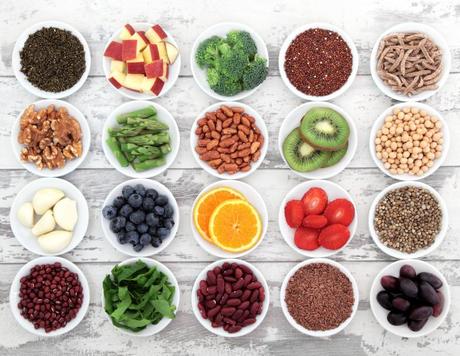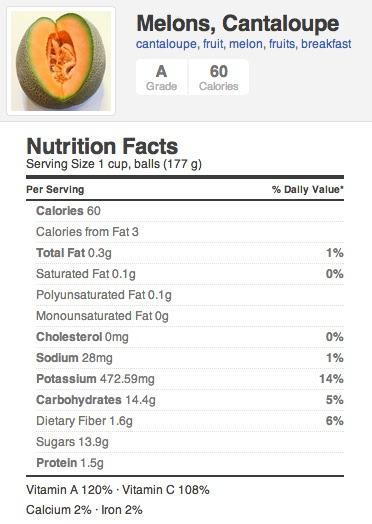
Recently I have started adding an approximate Glycemic Index and Glycemic Load for my recipes and thought this would be the perfect time to give a bit more detail about both of these measures and why they are so important to consider when you are deciding on what to eat.
The first thing to consider is the Glycemic Index as this is where the whole process started when it was realised that not all carbohydrates affected blood sugar in the same way. Basically the GI of a food is a number between 1 and 100 and represents the effect on blood sugar relative to glucose (where glucose is 100).
This was initially devised as a way to aid people with diabetes to take control of their diet and keep their blood sugar under control. The lower the GI of a food the less impact it will have on your blood sugar and so these are the foods that should be favoured. As a guide anything with a GI of less than 50 is considered low GI and anything with a GI above 75 is high GI and these food should be avoided.
However, in my opinion this is quite a limited measure as it does not take into account the amount of a food you will eat. This is where the Glycemic Load comes into play. To calculate the GL of a food from the GI the first thing you need to know is the carbohydrate in a serving and also the dietary fiber. Take the dietary fiber from the carbohydrate value to get the net carbs. Then it is as simple as multiplying this value by GI/100. This gives you a much lower number and is dependent on the size of the portion.
Let's take and example so that we can illustrate exactly how it works. If we were to consider Cantaloupe Melon as an example, it has a relatively high GI of 70 so is a food to avoid or eat only occasionally on the GI scale. So let's work out the GL and see what we get. The nutritional data for cantaloupe melon is below:
We can see that a portion has 14.4g of carbohydrates and 1.6g of dietary fiber which gives us a net carbs value of 12.8. To get the GL we do the following 12.8 x 70/100 and this gives us a value of 9 which is in the low range of 0-10. Plus this is based on eating a whole cup of melon and so if you were to eat only half a cup then it would only have a GL of 4.5 making it a great snack, especially with a handful of seeds.
This is why in my opinion the glycemic load is a much more accurate measure of how your meal will impact on your blood sugar. One disadvantage of both these measures is that to get the GI of something you need to extensive laboratory tests and so there is not always the data you need. This can usually be worked around by using something similar which is why quite often I will use estimated values.
The other thing I wanted to say as well is why they are so important. Firstly cases of diabetes type II are on the rise in the whole of the western world and this system can help to counter that condition. Regardless of whether you are a diabetes risk of not there are still a lot of health benefits to eating this type of diet.
Eating foods that have a large impact on blood sugar can be tiring for the body and this can lead to having less energy for all the other processes that it needs to do which in turn can impact your health and lead to a wide range of different conditions. I think it is now widely accepted that sugar is detrimental to your health but part of that is the impact on blood sugar which is when the GI and GL scores of a meal become more important. Not to mention the fact they can help you to lose weight and keep it off!
This article was intended to be a very rough overview of this topic and I will gradually expand on it over time giving more details of the ways in which you can use it and the benefits you will experience.
